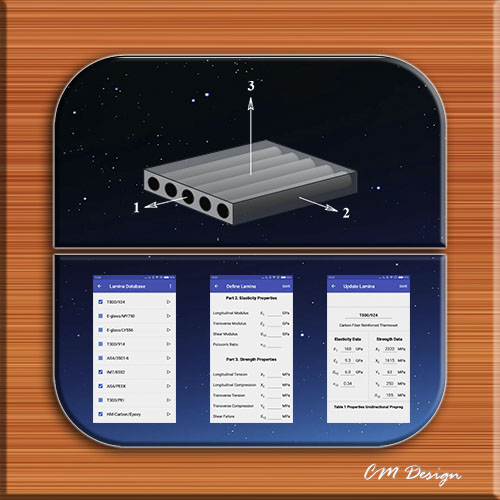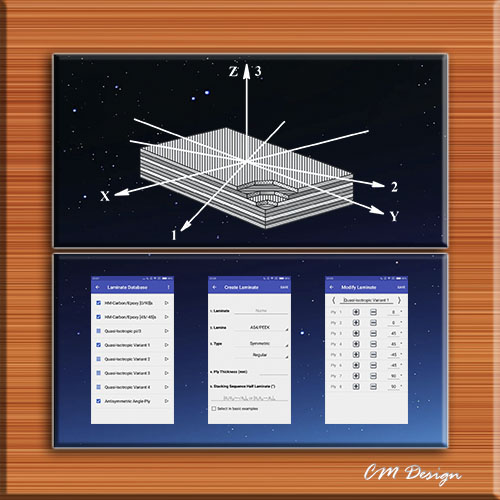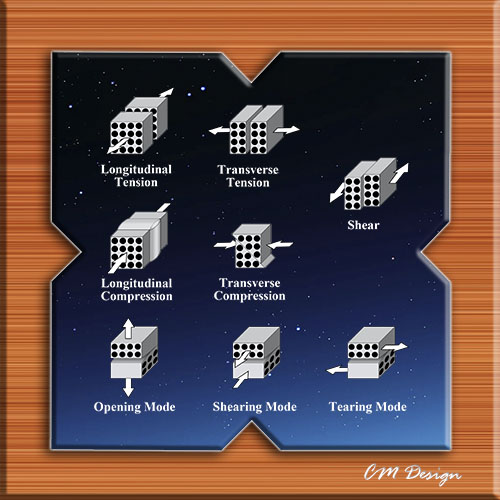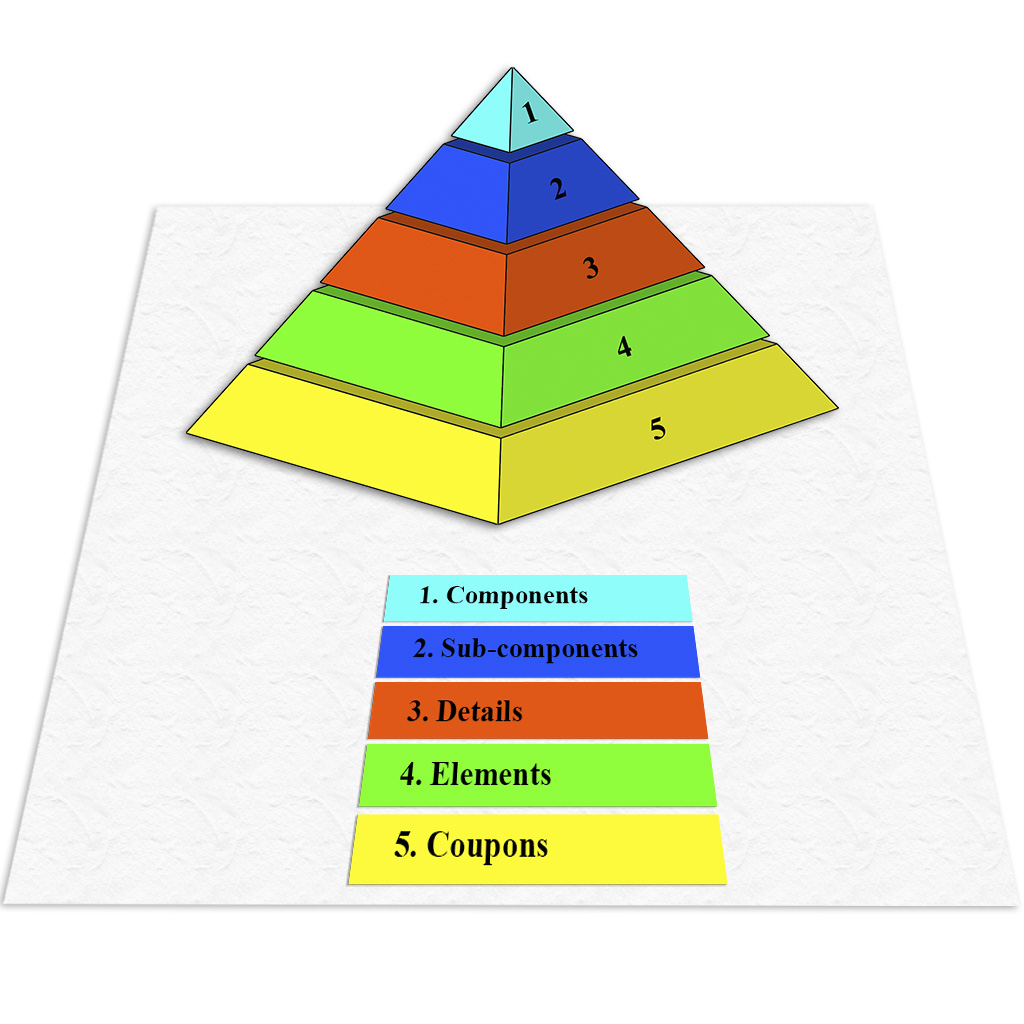Working with Composites
Mechanics of composite materials is a fascinating and challenging field of study because of its beauty, richness, diversity and complexity, as those who practice it will confirm. On a more fundamental level, our special interest is concentrated on analytical solutions that are useful for the design and analysis of composite structures. The major challenge is to theoretically predict strength related properties of composite structures, which are generally far more complicated than their stiffness related properties. With a collection of analytical solutions at its core, we attempt to build our software package Crea-Comp step by step, where a lot of attention is paid to the development of a user-friendly graphical interface. At the same time, we have a passion for problem solving with a pragmatic hands-on approach, helping our clients succeed in their projects.












